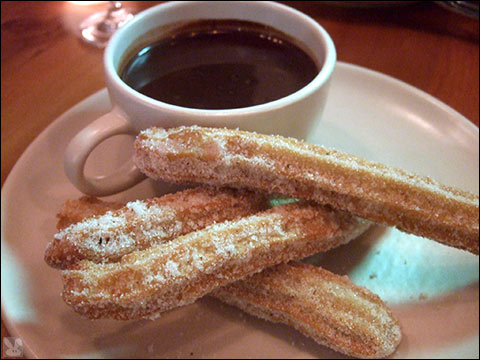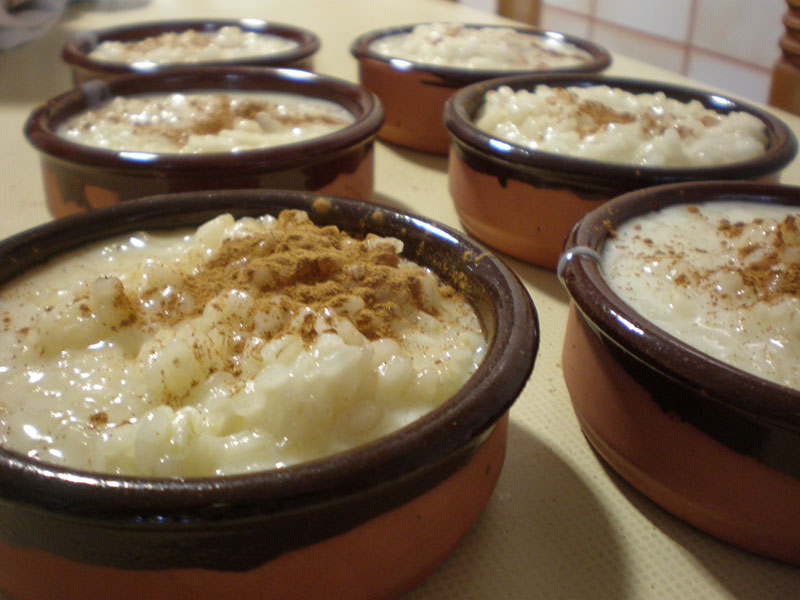Spanish Video Lesson – Phrases to Impress Your Teacher
Impress Your Spanish Teacher
I have news for you: It’s September and that means back to school. It’s always a good idea to get on the good side of your teacher, so I developed that little video so that you can impress your teacher. Now you can officially get on the good side of your Spanish teacher. Please practice what you have learned on our Facebook page.
Here is the vocabulary from the video:
| I am happy to be here. | Estoy feliz de estar aquí. |
| You are a good teacher. (male) | Usted es un buen maestro. |
| You are a good teacher. (female) | Usted es una buena maestra. |
| I studied a lot during the summer. | Estudié mucho durante el verano. |
| I want to learn. | Quiero aprender. |
| I will help you. | Yo le ayudaré. |
| I can do it. | Puedo hacerlo. |
| I need to go to the bathroom. | Necesito ir al baño. |
| I like your shirt. | Me gusta su camisa. |
| Can you help me? | ¿Me puede ayudar? |
| Good morning. | Buenos días. |
| I understand. | Entiendo. |
I should warn you that not all teachers have a sense of humor. The best thing that you can do to get on the good side of the teacher is to do what the teacher says. There’s no doubt in my mind though that your teacher will be impressed when you use some of these Spanish phrases with perfect pronunciation. Good luck and may this be the beginning of another great school year for all of you just getting back to school again!
Future Facebook Fiesta Friday Topics:
September 9, 2011 – Back to School – What do you want to learn?
September 16, 2011 – Personal Hygiene
September 23, 2011 – Boss Your Kids Around in Spanish













.jpg)
